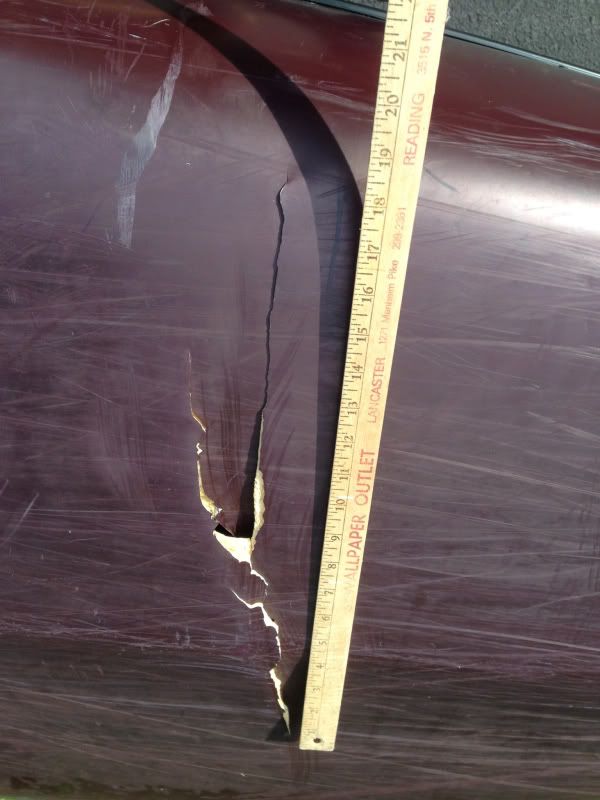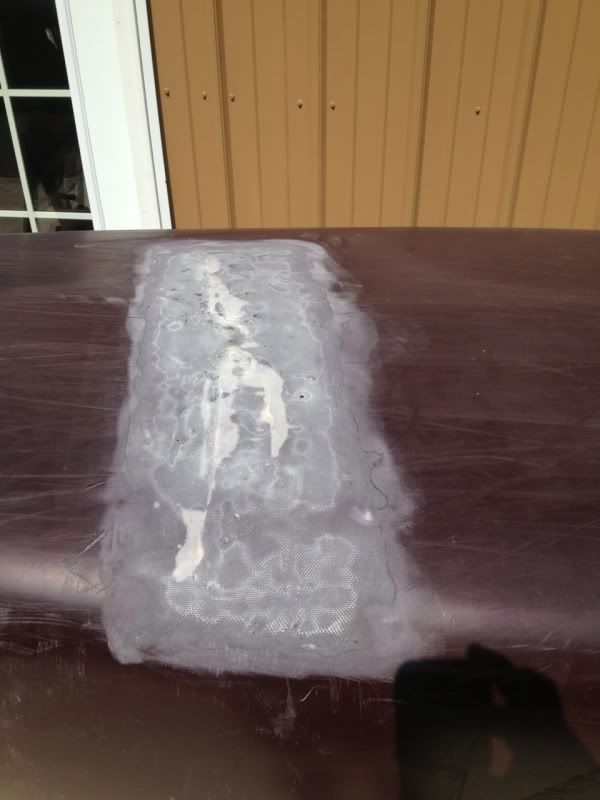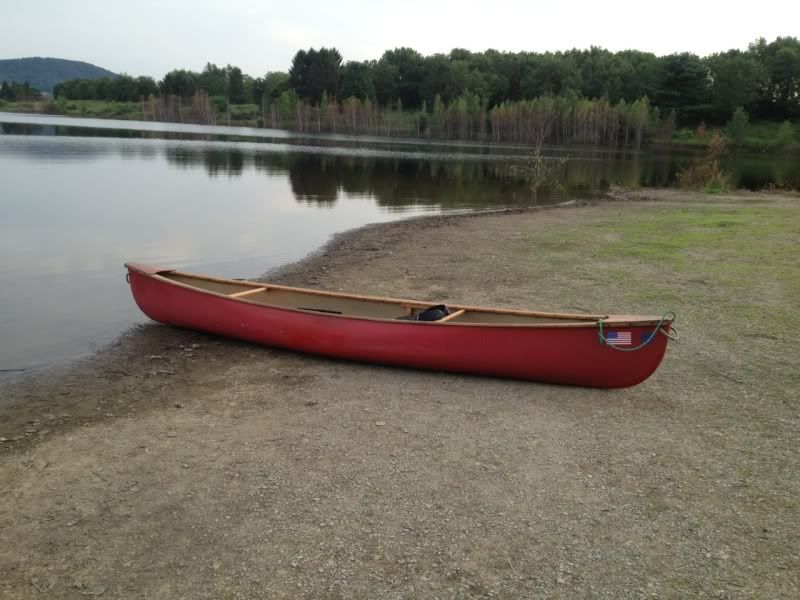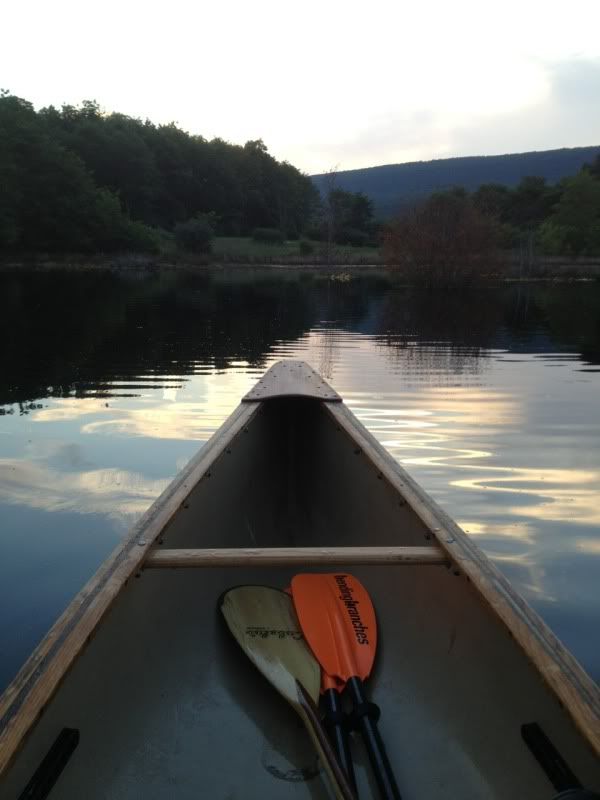I have an older 14' royalex solo canoe. I'd like to put some foot pegs in and make a spray deck for the bow.
I did some online searching on foot braces. Didn't really find a whole lot.
I know that I do not want a brace that goes across from one side to the other (like Wenonah's). I would prefer and adjustable kayak pedal style. I've looked at the kayak replacement ones but do not want to drill holes through the hull below the waterline. I'm sure I could seal it up and it would be fine but I'd rather not. I was thinking I could use West Systems epoxy and stick them on but don't know exactly how they mount and I'm afraid epoxying them on might interfere with being able to adjust them. Maybe some sort of spacer epoxied on first??
Anyone every try this?
Any info would be appreciated.
The spray/splash deck seems pretty straight forward and not too hard.
A book I have shows how to make one using snaps riveted just under the gunwales and I saw a good "how too" write up online using Velcro.
I was thinking about making one based on how a cockpit cover or spray skirt goes on a kayak.
I figured I could make a "pocket" that slips over the nose of the bow and fold and hem a channel around the perimeter of the deck. Make sure that the perimeter sits just below the gunwales and put some bungee through the channel, put it on the canoe and pull the bungee tight and tie in the stern under the deck. Does that make sense?
Any thought or comments on that?
Thanks for any help or info.
I did some online searching on foot braces. Didn't really find a whole lot.
I know that I do not want a brace that goes across from one side to the other (like Wenonah's). I would prefer and adjustable kayak pedal style. I've looked at the kayak replacement ones but do not want to drill holes through the hull below the waterline. I'm sure I could seal it up and it would be fine but I'd rather not. I was thinking I could use West Systems epoxy and stick them on but don't know exactly how they mount and I'm afraid epoxying them on might interfere with being able to adjust them. Maybe some sort of spacer epoxied on first??
Anyone every try this?
Any info would be appreciated.
The spray/splash deck seems pretty straight forward and not too hard.
A book I have shows how to make one using snaps riveted just under the gunwales and I saw a good "how too" write up online using Velcro.
I was thinking about making one based on how a cockpit cover or spray skirt goes on a kayak.
I figured I could make a "pocket" that slips over the nose of the bow and fold and hem a channel around the perimeter of the deck. Make sure that the perimeter sits just below the gunwales and put some bungee through the channel, put it on the canoe and pull the bungee tight and tie in the stern under the deck. Does that make sense?
Any thought or comments on that?
Thanks for any help or info.





